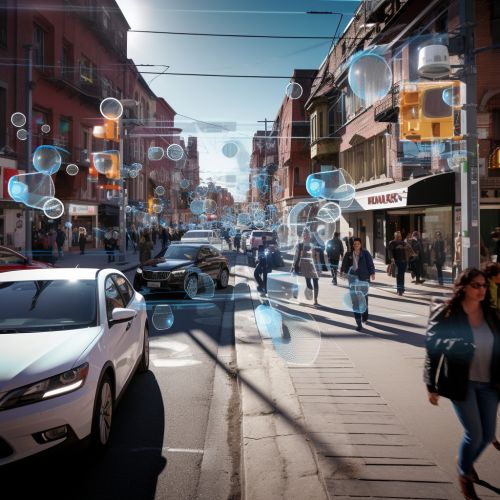Single Shot MultiBox Detector
Introduction
The Single Shot MultiBox Detector (SSD) is a method used in computer vision and machine learning to detect objects in images. It is a type of convolutional neural network (CNN) that is designed to detect and classify objects in a single forward pass of the network, hence the term "single shot". The "MultiBox" part of the name refers to the method's ability to predict multiple bounding box coordinates for each object in the image.


Architecture
The architecture of the SSD model is composed of several layers, each with a specific function. The first part of the network is a base network, which is usually a pre-trained CNN such as VGG-16 or ResNet-50. The base network is used to extract feature maps from the input image.
The second part of the network consists of several additional convolutional layers, which are added on top of the base network. These layers are used to predict the class scores and bounding box coordinates for each object in the image. The SSD model is unique in that it performs these predictions at multiple scales, which allows it to detect objects of various sizes.
Training
Training the SSD model involves the use of a loss function that combines both classification loss and localization loss. Classification loss measures the error in predicting the correct class for each object, while localization loss measures the error in predicting the correct bounding box coordinates. The model is trained using stochastic gradient descent (SGD) or a variant thereof.
During training, the model is presented with a set of annotated images, where each object in the image is labeled with its correct class and bounding box coordinates. The model makes predictions for these images, and the loss function is used to calculate the error between the predictions and the ground truth labels. The weights of the model are then updated to minimize this error.
Performance
The SSD model is known for its high performance in terms of both accuracy and speed. It is capable of achieving state-of-the-art results on several benchmark datasets for object detection, such as PASCAL VOC and COCO. In terms of speed, the SSD model is significantly faster than other object detection methods such as R-CNN, Fast R-CNN, and Faster R-CNN. This makes it suitable for real-time applications such as video surveillance and autonomous driving.
Applications
The SSD model has a wide range of applications in various fields. In computer vision, it is commonly used for tasks such as object detection, image segmentation, and scene understanding. In machine learning, it is used for tasks such as anomaly detection and data augmentation. Other applications include robotics, where it is used for tasks such as object recognition and navigation, and healthcare, where it is used for tasks such as medical image analysis and disease diagnosis.
